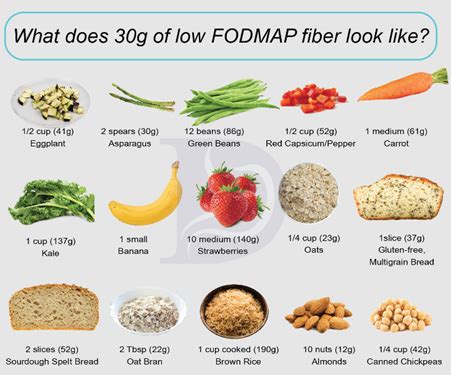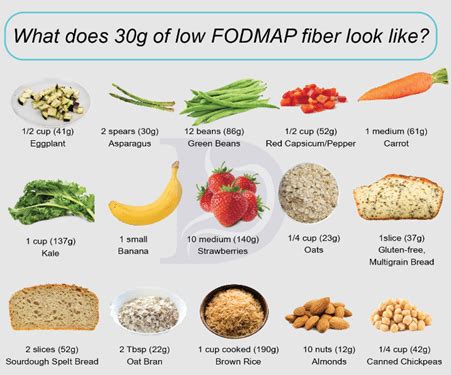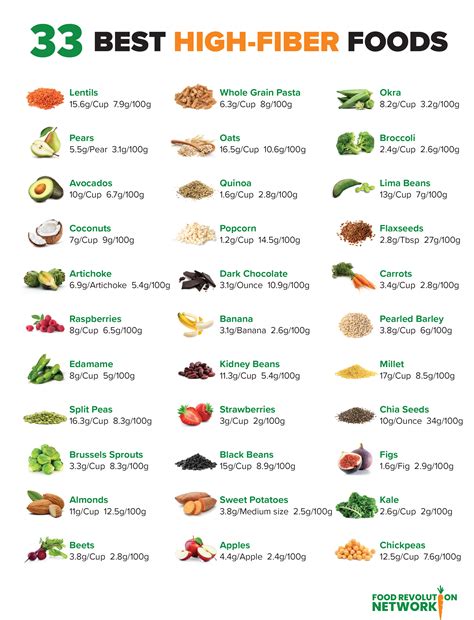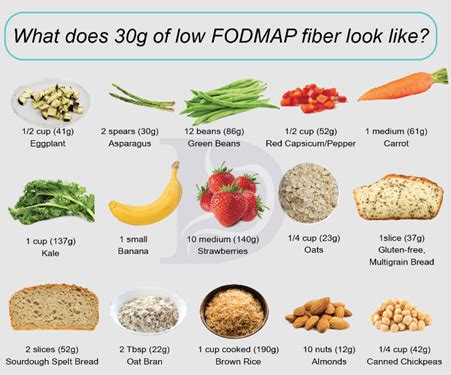Intro
Discover a comprehensive Low Fiber Diet Foods List, featuring gentle digestive options, low-fiber recipes, and gut-friendly meal ideas to manage digestive health and reduce discomfort with a balanced, restrictive diet plan.
A low fiber diet is often recommended for individuals who have certain medical conditions, such as inflammatory bowel disease, or those who are undergoing certain medical procedures. The primary goal of a low fiber diet is to reduce the amount of undigested food that reaches the colon, thereby minimizing the risk of complications. In this article, we will delve into the world of low fiber diet foods, exploring the various options available and providing guidance on how to navigate this dietary approach.
Eating a low fiber diet requires careful planning and attention to the types of foods consumed. It is essential to focus on foods that are low in fiber, yet still provide the necessary nutrients for optimal health. A well-planned low fiber diet can help alleviate symptoms and promote healing in individuals with specific medical conditions. Moreover, understanding the benefits and challenges of a low fiber diet can empower individuals to take control of their health and make informed decisions about their dietary choices.
The importance of a low fiber diet cannot be overstated, particularly for those who require a temporary or long-term reduction in fiber intake. By understanding the principles of a low fiber diet and exploring the various food options available, individuals can better manage their condition and improve their overall quality of life. In the following sections, we will explore the different aspects of a low fiber diet, including the benefits, food lists, and practical tips for implementation.
Benefits of a Low Fiber Diet

Reduced Symptoms of IBS
A low fiber diet can help alleviate symptoms of IBS, such as abdominal pain, bloating, and changes in bowel movements. By reducing fiber intake, individuals with IBS can better manage their symptoms and improve their digestive health. Some of the key benefits of a low fiber diet for IBS include reduced gas and bloating, improved bowel regularity, and minimized abdominal pain.Minimized Risk of Bowel Obstruction
A low fiber diet can help minimize the risk of bowel obstruction, particularly in individuals with a history of bowel surgery or those with certain medical conditions. By limiting fiber intake, individuals can reduce the risk of bowel obstruction and promote healing in the digestive tract. Some of the key benefits of a low fiber diet for bowel obstruction include reduced risk of complications, improved bowel function, and minimized risk of bowel obstruction recurrence.Low Fiber Diet Foods List

It is essential to note that a low fiber diet should be tailored to an individual's specific needs and health status. A healthcare professional or registered dietitian can provide personalized guidance on developing a low fiber diet plan.
Meat and Poultry
Meat and poultry are excellent sources of protein and can be included in a low fiber diet. Some of the low fiber meat and poultry options include: * Chicken breast * Ground beef * Pork tenderloin * Lamb chops * Fish filletsDairy Products
Dairy products are rich in calcium and can be included in a low fiber diet. Some of the low fiber dairy products include: * Milk * Cheese * Yogurt * Ice creamEggs
Eggs are an excellent source of protein and can be included in a low fiber diet. Some of the low fiber egg options include: * Scrambled eggs * Fried eggs * Poached eggs * Boiled eggsHigh Fiber Foods to Avoid

It is essential to note that a low fiber diet should be tailored to an individual's specific needs and health status. A healthcare professional or registered dietitian can provide personalized guidance on developing a low fiber diet plan.
Legumes
Legumes are high in fiber and should be limited or avoided in a low fiber diet. Some of the high fiber legumes include: * Beans: kidney beans, black beans, and chickpeas * Lentils * PeasWhole Grains
Whole grains are high in fiber and should be limited or avoided in a low fiber diet. Some of the high fiber whole grains include: * Brown rice * Quinoa * Whole wheat breadPractical Tips for a Low Fiber Diet

By following these practical tips, individuals can better manage their low fiber diet and reduce the risk of complications.
Eating Small, Frequent Meals
Eating small, frequent meals can help reduce symptoms of bloating and discomfort in a low fiber diet. Some tips for eating small, frequent meals include: * Eating 4-6 meals per day * Incorporating a variety of low fiber foods, such as meat, poultry, and dairy products * Avoiding high fiber foods, such as legumes and whole grainsAvoiding High Fiber Foods
Avoiding high fiber foods is essential in a low fiber diet. Some tips for avoiding high fiber foods include: * Reading food labels carefully to identify high fiber ingredients * Avoiding foods that are high in fiber, such as legumes, whole grains, and nuts * Incorporating low fiber foods, such as meat, poultry, and dairy productsWhat is a low fiber diet?
+A low fiber diet is a dietary approach that involves limiting or avoiding foods that are high in fiber. The primary goal of a low fiber diet is to reduce the amount of undigested food that reaches the colon, thereby minimizing the risk of complications.
What are the benefits of a low fiber diet?
+A low fiber diet offers several benefits, particularly for individuals with certain medical conditions. Some of the advantages of a low fiber diet include reduced symptoms of irritable bowel syndrome (IBS), minimized risk of bowel obstruction, and improved management of inflammatory bowel disease.
What foods should I avoid on a low fiber diet?
+A low fiber diet involves limiting or avoiding foods that are high in fiber. Some of the high fiber foods to avoid include legumes, whole grains, nuts, and seeds. It is essential to note that a low fiber diet should be tailored to an individual's specific needs and health status.
In conclusion, a low fiber diet can be an effective way to manage certain medical conditions and promote healing in the digestive tract. By understanding the benefits and challenges of a low fiber diet, individuals can better navigate this dietary approach and make informed decisions about their health. We encourage readers to share their experiences with low fiber diets and provide feedback on this article. Additionally, we invite readers to explore other resources and articles on our website to learn more about healthy eating and nutrition. By working together, we can promote healthy eating habits and improve overall health and well-being.
